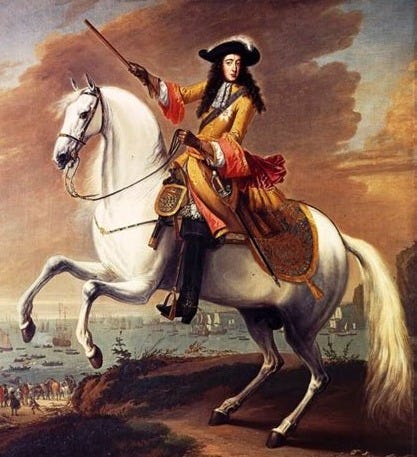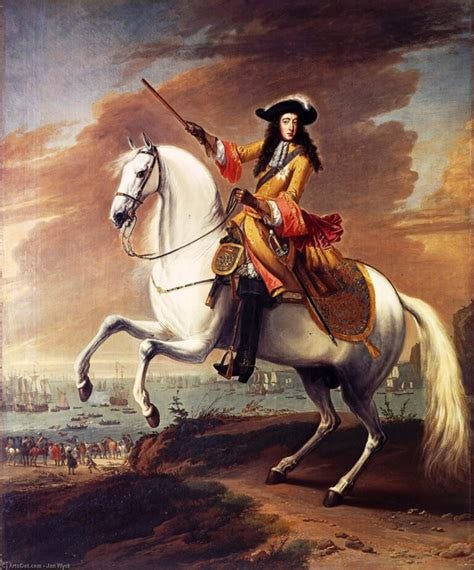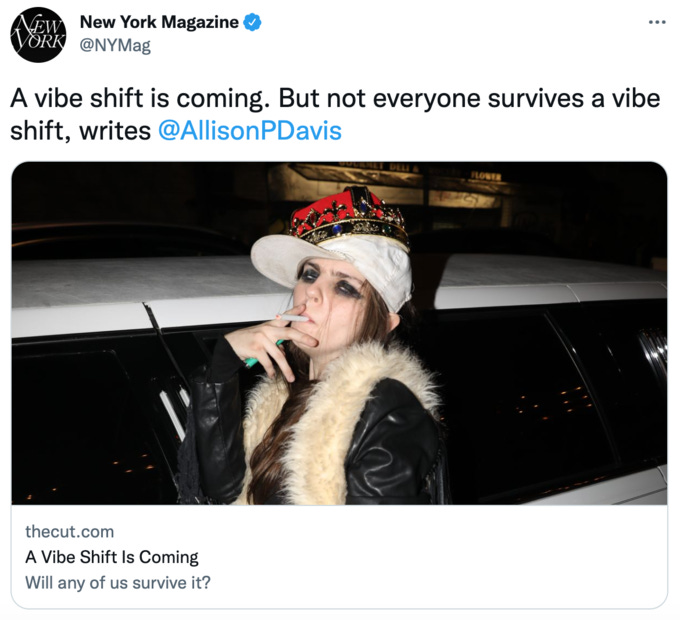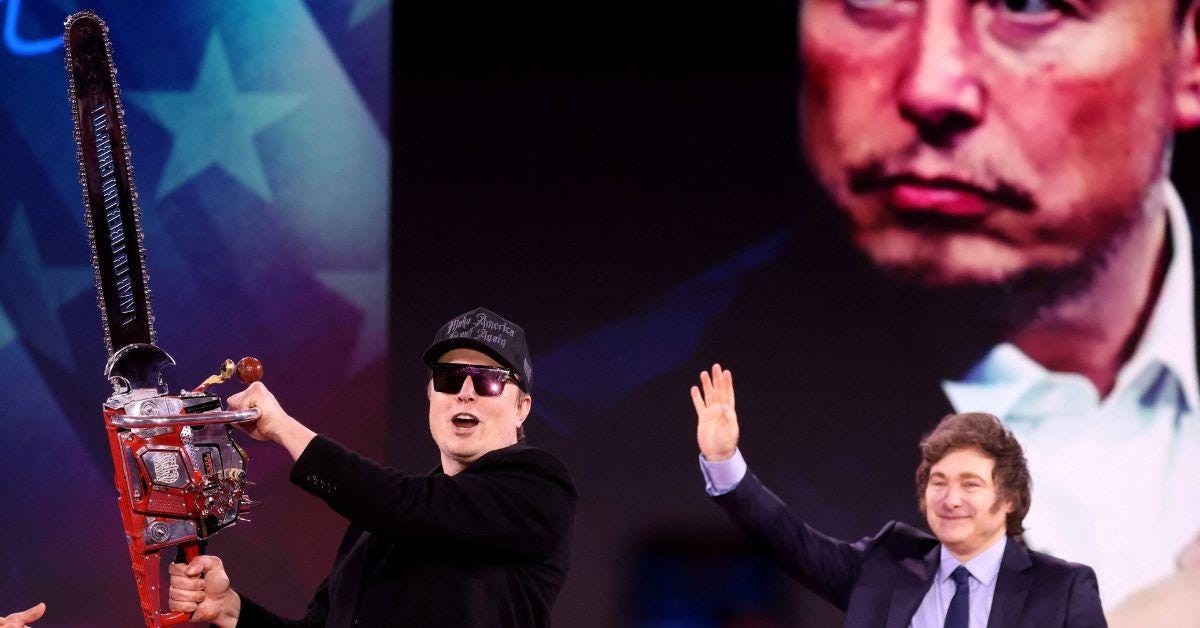
A painting once threatened me. It was 1989 in Belfast and I was looking for a student house together with some friends; viewing at night, we found a cheap but not-too-grubby terraced house fairly close to the university. For some reason, I returned to the house the following morning and immediately knew I couldn’t live there.
This is why:
For my Irish readers this needs no explanation, for any international readers a little background might help. This mural is a territorial marker, a This Is A Protestant Area: Catholics Keep Out. And this was a problem, seeing as I was a Catholic, with an accent and a name that were undeniable Catholic/Irish (and my daft go-to strategy of pretending I was French if caught in the wrong area was unlikely to hold out for an entire year). 1989 was also the height of what were referred to as the ambiguously named ‘The Troubles’ in Northern Ireland. Bombs were going off, soldiers were patrolling around the city with guns and there were parts of the city that Catholics just did not go. And this was one of them.
Peace has now come to Northern Ireland after the Good Friday agreement in 1998, and the murals are now being repacked as tourist attractions. Go and see the Free Derry mural in front of which people got shot! Marvel at the Bobby Sands murals on the Falls Road! Gawp at the King Billy and Battle of the Boyne murals down the Shankill Road! 1The passengers on the cruise ships which regularly moor in Belfast can now go on a guided tour of the murals, sometimes even conducted by the people who painted them.

Forgive me for my cynicism but I am fairly dubious about this, because I was there when to turn a corner and see one of these meant gut wrenching fear. When people talk about the ability of art to change minds - I absolutely agree- that mural changed my mind very quickly.2
You owe the companies nothing….

Just as for me in Belfast in 1989 our daily visual environment is an important survival tool, from it we get important clues about what is, and isn’t safe. But this basic human instinct to decode visual information has recently been hacked by commercial interests.
We talk about ‘art’ these days as something confined to galleries appraised by chin stroking critics or, from the outside perspective at least, completely ridiculous prices for unmade beds or dead sharks. But ‘art’ has also been extended recently to street graffiti, and the frequently playful street productions of the anonymous artist Banksy are immediately fenced off, and/or sold off in high priced auctions.3 What Banksy thinks about this neoliberal appropriation of his work isn’t clear, but there are some indications that he might not entirely approve as he has made some trenchant and direct comments about the invasion of public space by big corporations.
People are taking the piss out of you everyday. They butt into your life, take a cheap shot at you and then disappear. They leer at you from tall buildings and make you feel small..……They have access to the most sophisticated technology the world has ever seen and they bully you with it. They are ‘The Advertisers’ and they are laughing at you.
You, however, are forbidden to touch them. Trademarks, intellectual property rights and copyright law mean advertisers can say what they like wherever they like with total impunity.
…. You owe the companies nothing. Less than nothing, you especially don’t owe them any courtesy. They owe you. They have re-arranged the world to put themselves in front of you. They never asked for your permission…
Banksy here in my opinion has put his finger on a very important point. We navigate daily around a visually polluted landscape and it is making us sad and depressed. And of course it does because if we were happy then we wouldn’t change our behavior, and changing our behavior by buying stuff/voting/travelling is how the whole global Empire structure works. In my opinion sight is one of the most dangerous human senses because it’s so easily manipulated.
In my last post here, I talked about poetry as a type of meme/mind virus. Well, I’d like to take that idea further and talk about why images are even more dangerous than poetry because they are even more powerful than words. I didn’t need to see King Billy on a wall to get out of Dodge, because the red, white and blue kerbstones did the job even quicker.
In another example many years ago, we were driving in France when my then two year old in the back said: ‘McDonald’s!’ This was astonishing because:
he had never been to McDonald’s
all we could see in the distance was a red and yellow M, several kilometers down the road.
But here clearly the branding was so good that even a two year old could see what it was at a long distance. As Banksy observed this is a powerful weapon being used on the public. But images today are not confined to the physical environment, they proliferate across the media and the internet.
I could stand in the middle of Fifth Avenue and shoot somebody, and I wouldn't lose any voters, OK?4
Consider this: one of the most widely shared images in recent times:

The writer Paul Kingsnorth presciently commented before the 2024 US election that this image might have been the one that won Trump the presidental election, because:
Politics is not politics. Image is not image. Everything is myth.5
Well, ‘dead on Paul’ as they would say in Northern Ireland. Going back to King Billy, his picture on the side of a terraced wall in East Belfast is based on this painting of William III arriving in Devon in 1688 (now in the Royal Portrait Gallery in Greenwich) at the start of what is called in Irish history Cogadh na Dhá Rígh (the War of the Two Kings) and which in England is known as the Glorious Revolution.

The War of Two Kings, as the Irish call it, might be better known in my view as the War of Two Myths6 where myths are symbolic narratives, representative of underlying often subconscious embedded beliefs, as this entry from the Encylopedia Britanica states:
the myth can be outlined in detail only when its authority is no longer unquestioned but has been rejected or overcome in some manner by another, more comprehensive myth7.
Thus James and William were in the War of the Two Kings (or The Glorious Revolution) the avatars of two different world views. James’ world view/myth, was one of traditional absolute hereditary monarchy where communities are bound by loyalty based on blood and spiritual ties. In contrast William III was a foreign monarch invited by the English Parliament in 1688 to replace James8 thus defanging and circumscribing the hereditary power of monarchy.9 This was later reified in the English Parliament’s Bill of Rights10, which guaranteed the right to free speech, regular parliamentary elections, the right to representative taxation and many more. This remains a foundational pillar of British and later American democracy. It embedded the ideas of Enlightenment thinkers like John Locke into the fabric of government to this day.11

The struggle between the myth of traditional loyalty based on kin associations and the new myths of the Glorious Revolution did not end in Ireland; it rumbled on in the Jacobite rebellions of the eighteenth century before finally petering out after the failure of the last Jacobite revolt in 1746.
The 1971 film ‘Kidnapped’ starring Michael Caine which is based on the aftermath of this revolt nicely encapsulates these world views/myths in the scene where Trevor Howard playing the Lord Chief Advocate explains to Jack Hawkins playing David Balfour why Caine’s character Alan Breck must give himself up. Caine’s character Alan Breck is the totemic figure throughout the film of clan loyalty and ties to the land; his is the romantic world of the haunting Skye Boat Song12 (whereas the other side produced the popular loyalist song Lillibullero here.) Alan Breck says to Catriona Stewart in the film:
You should not be thinking of your father now, but Scotland. Scotland, lassie, do you know what that means?13
But Leslie Howard’s Lord Advocate character is also Scottish; he has a different view of what Scotland means than Alan Breck does: where Breck see lochs, glens and clan loyalty, he sees instead a new world of paid soldiers, bureaucrats and the rule of law. In his worldview people fight because they are employees of the State; the land is an asset to be managed, not a sentimental landscape; it is foolish to think otherwise. Those who do not accept these new realities like Alan Breck will be left behind:
Lord Advocate: [to David Balfour] I feel sorry for Alan Breck. The future of Scotland belongs more to James Stewart dead, then it does to him. He dreams of new Culloden's! Better he to die on the field of battle than to end his days in some squalid French tenement.14
A Vibe Shift is Coming….
In my last essay here I discussed Richard Dawkins 1976 book ‘The Selfish Gene’ and his concept of memes as an objects of cultural transmission which persists down the generations. He also talks in this about multiple memes which lock together, which he calls memeplexes15, for instance parliamentary democracy and capitalism which undergird most of societal interactions today and which few people ever question.
These memeplexes/myths are as ubiquitious and pervasive as the advertising which surrounds us, for example the belief that science is the only path to truth, that nothing outside of our senses can be trusted. Most of our current myths are traceable to the late seventeenth century Enlightenment ideas and thinkers like John Locke and Thomas Hobbes.16
But just as the popularity of the painting of King Billy landing in Devon on his white horse Sorrel symbolised the triumph of the Glorious Revolution, the entry of new powerful memes like the picture of Donald Trump above which grip the public consciousness seem to me to herald the arrival of a new mythic battle today where arresting images are thrown out like lighting strikes from the thunder storm of underlying clashing world views. These resonant with the public in my view because they can sense the deeper symbolic realities being challenged.
This raises a number of questions. Does this mean that the ideas of the Enlightenment ushered in by the Glorious Revolution are finally releasing their grip on our collective subconscious? Is their view of man as a wholly rational being finally fading? And who will get left behind - who is Alan Breck today?
If this is the case then what will replace these myths? And where are our new King Billys whose images may be painted on future gable ends and screens? And how will this come about; the myths of the past did not pass quietly - the Glorious Revolution began with a bloody war on Irish soil in which many thousands from both sides died17.
I have no answers - but I can’t help but think of the prophetic words of WB Yeats in his 1919 poem ‘The Second Coming’ written just before the Irish War of Independence:
And what rough beast, its hour come round at last,
Slouches towards Bethlehem to be born? 18
Postscript
Now the heretics all go down, By Christ and Saint Patrick's the nation's our own, Lero Lero Lillibullero
Elon Musk and others in the Republican Party appear to have fully grasped the importance of the memetic conflict we are experiencing. This would explain his bizarre recent appearance at the Conservative Political Action Conference on Feb 20th, 2025 wielding a chainsaw paraphrasing Robert Oppenheimer’s ‘I am become death, destroyer of worlds’ quote stating:
I Am Become Meme
Thus I believe that the current failure of the Democratic Party in the US may be as much imaginative as political as they do not seem to be able to produce cultural memes which will grip public imagination in the same way as Musk and Trump have. Thus it may be that the current struggle between rival world views may as much be cultural and artistic as well as political and social.
https://www.getyourguide.com/belfast-l442/belfast-thatprivate-murals-taxi-tour-t407412/?ranking_uuid=360e91e7-3428-41b3-80a3-d5b006435fe3
I don’t want to be too pofaced, but I’m also depressed by the monetising of something so unpleasant; are we expected now to treat Belfast and Northern Ireland as a kind of Dungeons and Dragons set? Is there nothing which is too macabre that can’t be turned into money? How would I feel if my son or daughter had been killed watching people treating the crime scene as a tourist destination and photo opportunity?
https://www.artlife.com/news/how-does-banksy-stay-anonymous-and-make-money/
https://www.cbsnews.com/news/donald-trump-i-could-shoot-somebody-and-i-wouldnt-lose-any-voters/
https://www.britannica.com/topic/myth
https://www.britannica.com/topic/myth
https://en.wikipedia.org/wiki/Invitation_to_William
(although his wife Mary had a claim to the throne)
https://www.legislation.gov.uk/aep/WillandMarSess2/1/2/introduction
https://en.wikipedia.org/wiki/Bill_of_Rights_1689
Kidnapped film, 1971, Michael Caine as Alan Breck
https://www.imdb.com/title/tt0067302/quotes/?item=qt4867709
https://nestheads.com/memeplex/
https://en.wikipedia.org/wiki/Age_of_Enlightenment
https://en.wikipedia.org/wiki/Williamite_War_in_Ireland
https://en.wikipedia.org/wiki/The_Second_Coming_(poem)









Trump is of course a religiously and culturally illiterate nihilistic barbarian, a pathological liar and a life-time grifter/con-man. His grifting and that of his benighted family (especially his son-in-law) will go into hyper-drive when he he becomes the President next January
He gave an opening speech at the gab-fest (below) where the barbarian mentality was on full display. Note the now well known "conservative" politician featured in these two references and the unspeakably vile book that he endorsed.
http://www.splcenter.org/hatewatch/2024/03/08/cpac-attendees-america-under-attack
http://www.thenerdreich.com/unhumans-jd-vance-and-the-language-of-genocide